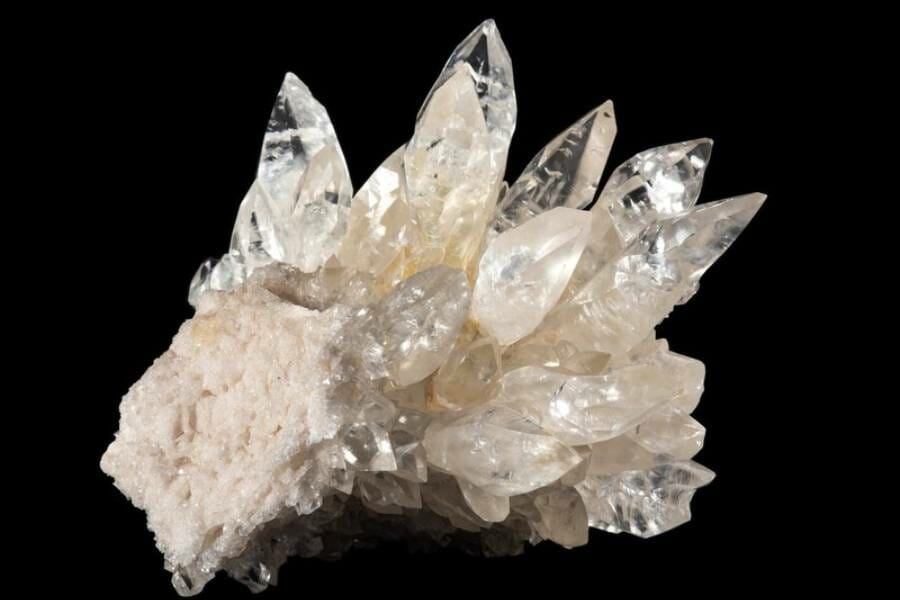Whether you’re a weekend sleuth or a full-time rockhound, you appreciate unearthing a fresh specimen. Knowing where to find crystals makes the search a lot easier, and we can help you with that! Sorry we can’t help with the digging, but our tips will make the hunt much more enjoyable and faster.
This article will teach you about this lovely stone, where crystals are mined in the world and where to find them in the US, and even help you plan your dig.
We’ve pulled information from our professional writers who have geology backgrounds as well as our in-depth research to share the most interesting facts about crystals and real tips for crystal hunting, from finding to polishing.
Interested? Awesome. Read on, crystal hunter!
Crystal hunting overview
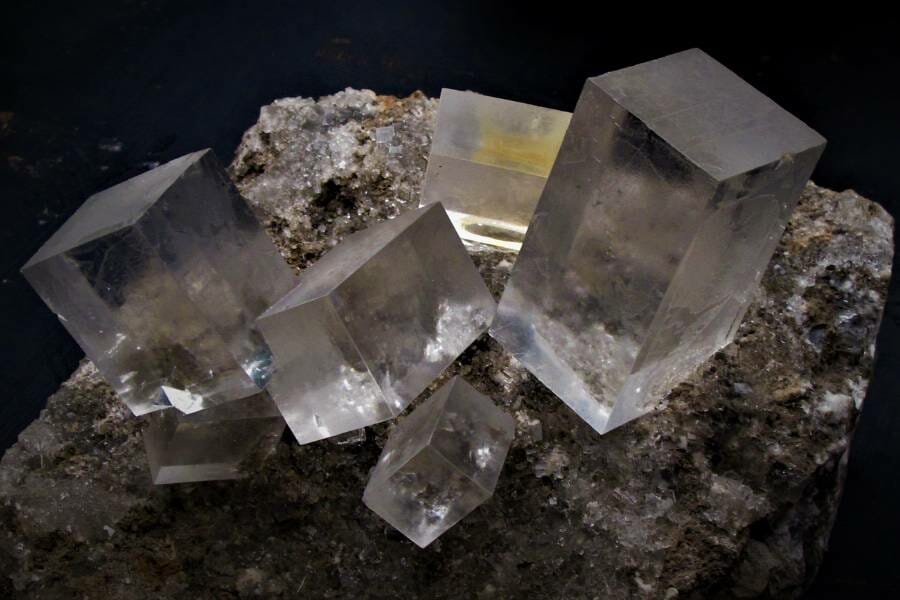
Rock crystals are found all over. If you want to know where crystals are mined in the world, you’re in the right place! From Brazil, known as a mecca for mineralists and rockhounds, to right here in the USA, you can find a variety of unique crystals to add to your collection.
What are crystals?
Crystals form at all temperatures and are prevalent in igneous, sedimentary and metamorphic rocks. These rocks are found all over, and are imperfect, meaning they have identifying markers to help you find that crystal you’re looking for.
Gem-quality crystals are available in more than a dozen colors and types, depending on the geological processes involved in their formation and the impurities found in the crystals. For example, topaz and ruby are formed in open cavities in volcanic rocks, which influence their coloring.
Crystals like jade and garnet are formed where the rocks have been altered by heat and pressure in metamorphic conditions, like when the tectonic plates rub together. This makes Canada a prime place to find this gem–just look at Jasper National Park in Alberta!
Diamonds may also occasionally develop when the pressures in metamorphic rocks are high enough. High pressure and high heat creates beautiful crystals!
Where to find crystals
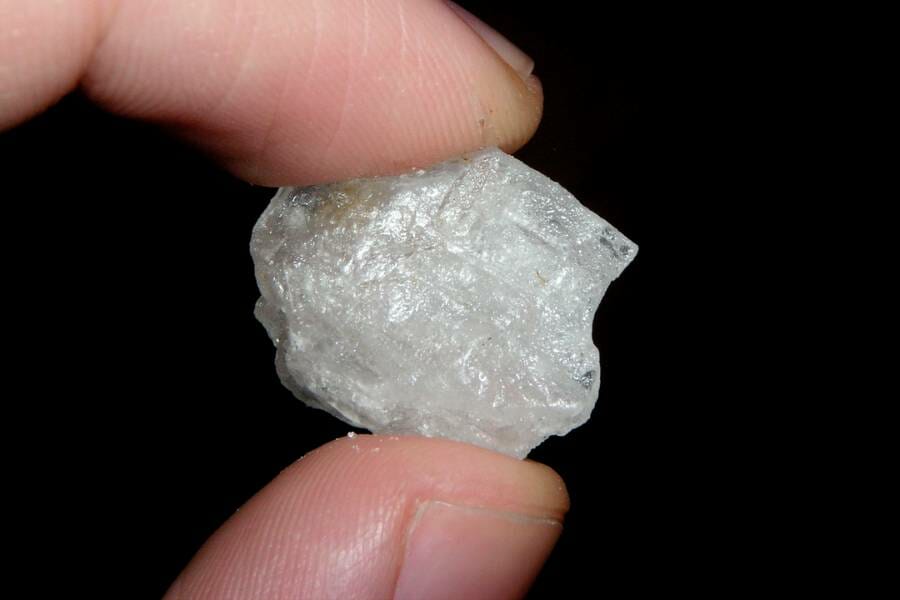
Crystals are found on all continents! Crystal hunting happens in Russia, Brazil, Madagascar, Australia, America, and many more countries. If you’re interested in traveling to find new stones, here’s where to find crystals around the globe.
Where to find crystals in the US
*Click on the state above for a complete guide*
In North America, crystal quartz is scattered from the volcanic and metamorphic rocks of the Appalachian mountain range in Eastern USA to the 30-40 miles wide quartz vein in the core region of the Ouachitas in Oklahoma.
The biggest crystals in the world are found in the sedimentary basin of Naica, Mexico, and the large selenite crystals (a form of gypsum) are estimated to be around 500,000 years old. The host rock here comprises a sequence of Albian limestones with fine-grained sedimentary rock inter-beddings overlying some minerals on the host rock.
You can click on the map above or the links below to find the full guide for each state:
Crystals in Alabama
Crystals in Alaska
Crystals in Arizona
Crystals in Arkansas
Crystals in California
Crystals in Colorado
Crystals in Connecticut
Crystals in Delaware
Crystals in Florida
Crystals in Georgia
Crystals in Hawaii
Crystals in Idaho
Crystals in Illinois
Crystals in Indiana
Crystals in Iowa
Crystals in Kansas
Crystals in Kentucky
Crystals in Louisiana
Crystals in Maine
Crystals in Maryland
Crystals in Massachusetts
Crystals in Michigan
Crystals in Minnesota
Crystals in Mississippi
Crystals in Missouri
Crystals in Montana
Crystals in Nebraska
Crystals in Nevada
Crystals in New Hampshire
Crystals in New Jersey
Crystals in New Mexico
Crystals in New York
Crystals in North Carolina
Crystals in North Dakota
Crystals in Ohio
Crystals in Oklahoma
Crystals in Oregon
Crystals in Pennsylvania
Crystals in Rhode Island
Crystals in South Carolina
Crystals in South Dakota
Crystals in Tennessee
Crystals in Texas
Crystals in Utah
Crystals in Vermont
Crystals in Virginia
Crystals in Washington
Crystals in West Virginia
Crystals in Wisconsin
Crystals in Wyoming
South America
The largest deposit of crystals is also located in Brazil, which is on this continent.
The Brazilian crystal quartz deposit is in the southern portion of the Minas-Baia belt, containing veins and composite lodes that produce commercial-grade quartz crystals. They are also found in
In addition, crystals are also found in rivers and riverbeds here with shale and other rocky deposits and shelfs found in the area.
Africa
Crystal quartz is naturally located in the riverbed soil deposits close to Vohemar at the island’s northeastern peak in Madagascar. Here the bedrock deposit is fertile, and milky quartz veins line small- to medium-sized rock cavities.
Europe
Different varieties of crystal are hunted in the Urals in Russia, from the large peneplain foothills in the central and southern Urals, where granite outcrops are abundant, to the easily-pulverized sediments in the Siberian west.
Ancient metamorphic rocks host these crystal quartz like quartzites, schists and gneisses that are between 395 and 570 million years old, and these layers can be up to four miles thick. What an interesting and remote place to dig!
The different types of crystals you can find
If you are wondering how to find crystals in rocks, the following features will assist you in identifying your finds:
- Color
- Luster
- Clarity
- Hardness
The most commonly mined crystals are:
- Agates
- Amazonite
- Amethyst
- Aquamarine
- Calcite
- Chalcedony
- Citrine
- Fluorite
- Garnet
- Jasper
- Obsidian
- Opal
- Sapphire
- Selenite
- Tourmaline.
They range in color from white to yellow to purple to green to black.
The best places for crystal mining in the US
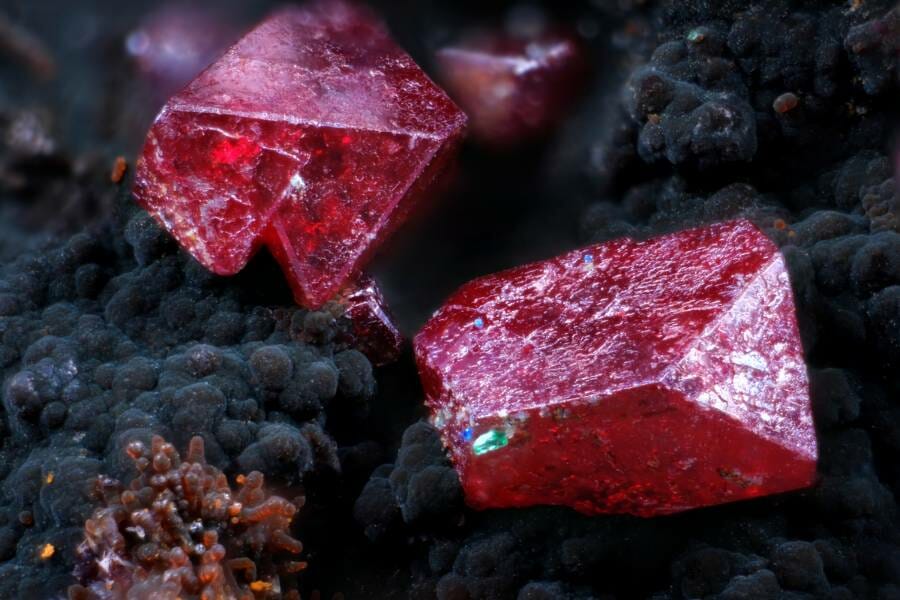
As a rockhound, you never have to worry about where to dig for crystals again. We’ve got you covered!
Where crystals are mined here
According to the USGS, the following states produced 90% of the United States’ natural gemstones last year: Utah, Texas, Nevada, North Carolina, Colorado, Maine, Arkansas, Montana, California, Oregon, Arizona, and Idaho. If you’re from these states, you have a leg up on the rock-hunting competition already!
Here are five of the top places to find crystals in the United States:
Graves Mountain, Georgia
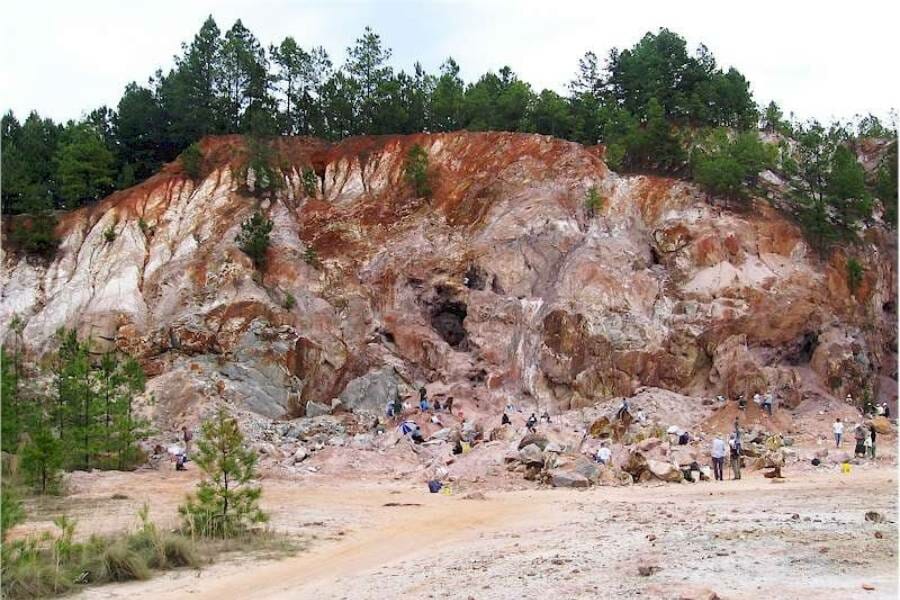
This is Georgia’s most popular mine and has been hosting rockhounds for years. It has shale and quartzite due to continent fracture and collision about 300M years ago during the late Pennsylvanian or early Permian subperiods, which makes it the perfect place to find crystal.
The predominant minerals at Graves Mountain are lazulite, rutile, jarosite, pyrite, sericite, kyanite and blue quartz.
Cherokee Ruby and Sapphire Mine, North Carolina
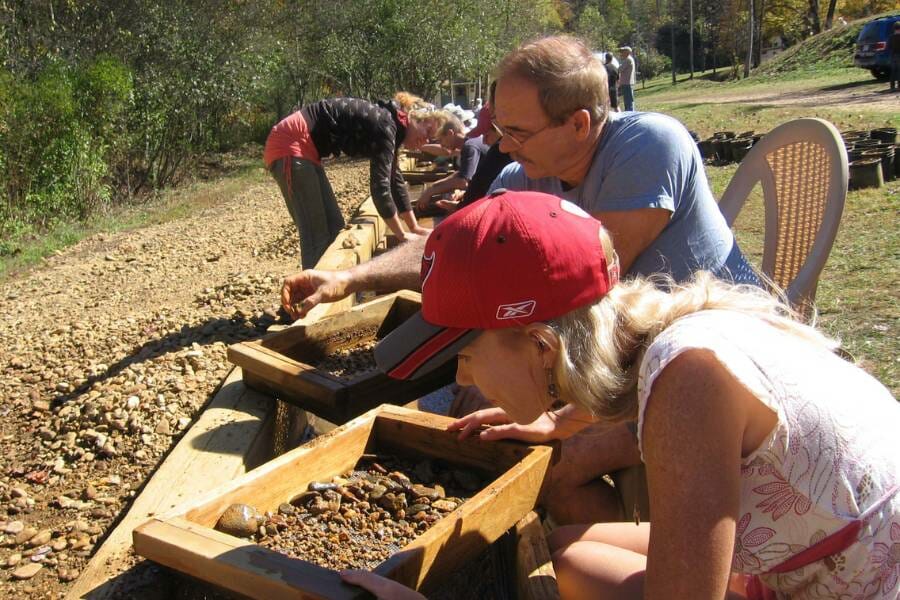
Cherokee Ruby and Sapphire Mine is located in Manor County, North Carolina. It is the only 100% unsalted gem mine in the Cowee Valley of the Smoky Mountains. The mine is home to fine-grade and very rare crystals.
It is called a “placer” gem mine because of its mineral-bearing deposits of ancient sand, soil, and gravel left by rivers. It abounds with quartz and aluminum silicates.
Rockhounds can dig pigeon-blood ruby here, a rare type of crystal that costs more than the average stone.
Wegner Quartz Crystal Mine, Arkansas
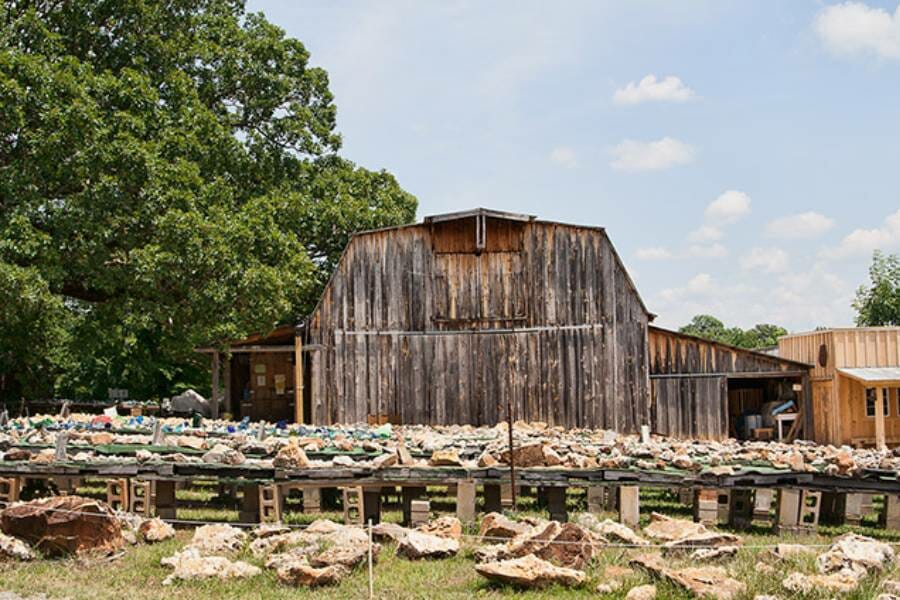
This mine is located three miles south of Mount Ida, Arkansas. It is home to different types of amazing crystal clusters in the Ouachita Mountains, where there are lots of sandstones and shales.
These gorgeous crystals were formed through the accelerated movement of clastic sediments into deep oceanic troughs, followed by severe deformation at depth, including folding, faulting and low-level metamorphism. This led to the formation of quartz veins that give you the rocks you’re hunting for!
Emerald Hollow Mine, North Carolina
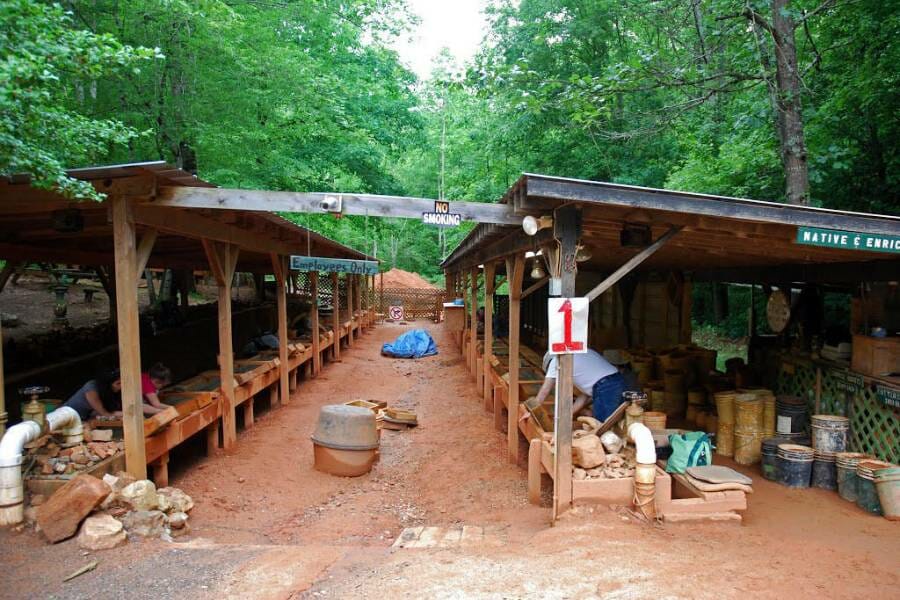
The Emerald Hollow Mine sits at the foot of the Brushy Mountains in Hiddenite, North Carolina. It is home to crystals like sapphire, amethyst, garnet, and many more.
The structural geological features of this mine reveal various episodes in which tectonic plates interact as they tear apart, giving way to cracks and voids. This allowed mineral-saturated veins and liquid magma to seep into these cracks and voids before cooling.
Crater of Diamonds State Park, Arkansas
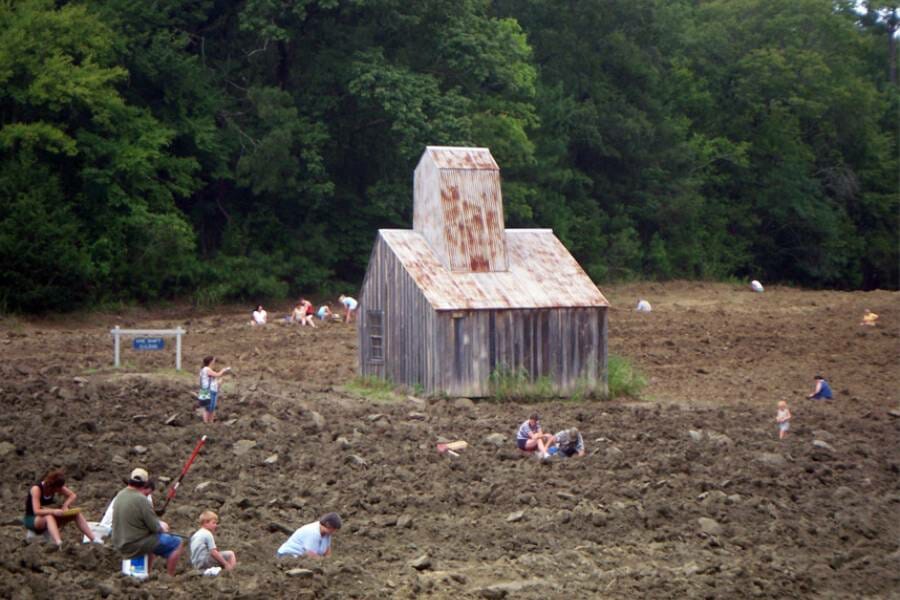
Located on a 911-acre park in Pike Country, Arkansas, Crater of Diamonds State Park is one of the few places where the public can look for real diamonds in their original volcanic source.
It sits on top of an eroded lamproite volcanic tube, which is an underground geological structure formed by violent supersonic eruptions of deep volcanoes. The magma from the upper mantle brought the diamonds and other crystals to the surface.
How to find crystals in nature wherever you are
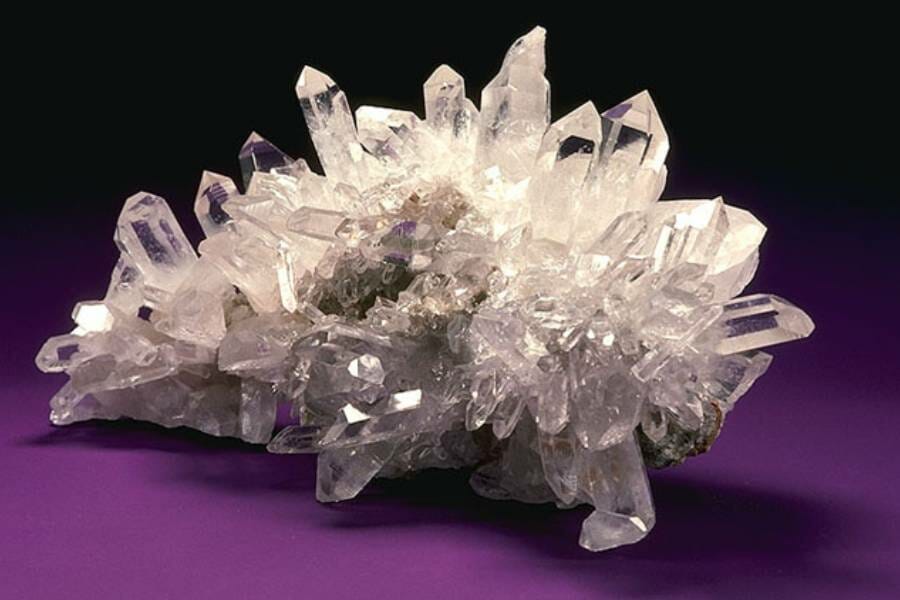
For a head start, you can check the various government departments that regulate mining activities within a state online. These websites often provide maps of active and abandoned mining locations and information about the state’s precious stones and metals mined. You can also join your local rockhound group and do some research or your local jewelry store may point you in the right direction.
This is necessary to avoid trespassing on someone’s property by looking for abandoned mining locations.
Here are the best types of places to find crystals:
Earthquake fault zones
Fault lines and uplifts provide the necessary environment and conditions for the formation of crystals. This is because pervasive hydrothermal fluid interactions occur in the fault zone, which leads to the crystallization of the rock fluids in veins and fissures of the rock formation. Liquid crystal firms right up!
This is why crystals are commonly found in granite intrusions and volcanic rocks. The intense heat and pressure and the chemical composition of the hydrothermal fluid and the environment create crystals.
Crystals are also found in granitic gneiss, biotite gneiss, and other types of gneiss, with their fissures and veins filled with them. This is why crystals abound in road cuttings and abandoned quarries, depending on the local geology.
Volcano tubes
Crystals like amethysts often develop in volcanic tubes, filling the veins, fissures, and cavities with clear blue-purple crystalline patterns. A good example of finds like these are in the Cascade Mountains, which stretch from Washington to Northern California, and other regions with a history of volcanic activity.
Hydrothermal springs
Many crystals formed through the hydrothermal processes in the subsurface can be
brought to the surface close to hot springs. This is why it is possible to find crystals like opal, agate, and amethyst close to the areas where warm water passes through to the surface.
How to find crystals in your backyard
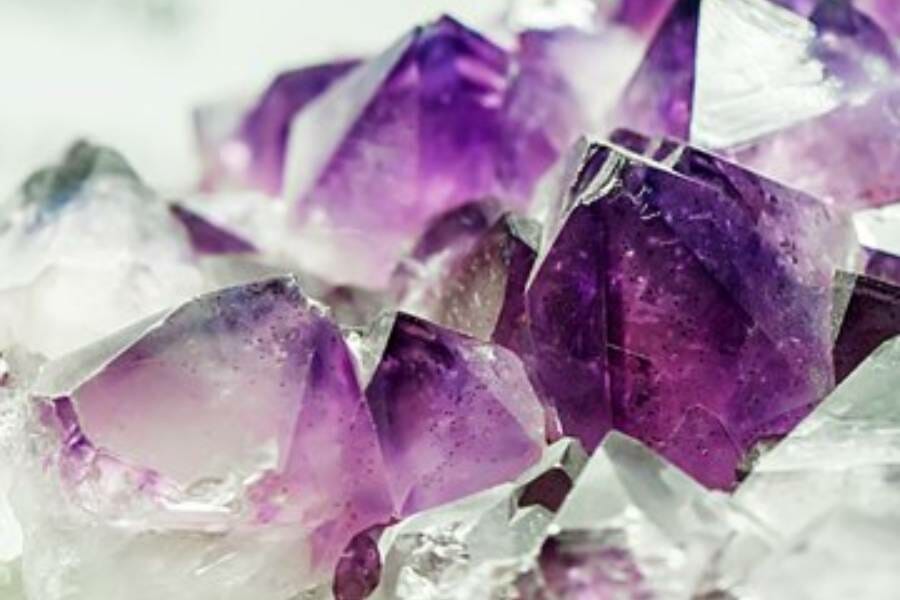
The number of crystals available right under your nose may astonish you. You may be able to find specific crystal structures or some other interesting rock types in your lawn or gravel.
If you can identify the crystals, you may be sitting on a gold mine! If you are a newbie or aspiring rockhound, follow these tips to learn how to find crystals in your backyard; who knows, you may never need to go to a pay-to-dig site again!
Where to find crystals near you
Quartz crystal is one of the most common minerals on Earth. It abounds everywhere, even in your backyard!
If you are still wondering where to find natural crystals near you, look no further. We put together this guide to help rockhounds looking for their crystals have a better chance of success.
Pay-to-dig sites
This is the most reliable way to find your crystals. Many sites in the United States (and worldwide) offer rockhounds the opportunity to dig for their crystals. They offer high-quality finds.
A quick search online will tell you where to find crystals near you. Some locations are known for specific types of crystals, while others offer opportunities to find multiple gem types.
Your backyard
Many crystal sites are privately owned and may even be in your backyard! You may find crystals while walking on sidewalks, in open lots, or on gravel roads and in parking lots. The owners of these sites often allow collectors they know search for specimens on their property.
The owner may charge a small fee or require you to sign a search waiver, but in most cases. Endeavor to treat their land respectfully and not ruin the place for other rockhounds.
Mine tailings
This is an amazing place to look for quartz crystals near you. Mine tailings are essentially soil and debris left over from mining operations, but finding these mines is not always easy.
Just because mining operations have stopped in an abandoned mine doesn’t mean it’s worthless, but exercise caution as it may be dangerous for many reasons, including toxic fumes and possible cave-ins
Try checking online sources, as some mines may have been reclaimed or overgrown while others are privately owned and locked.
Road cuttings
A cut in the road may reveal a trailing vein that may produce some crystals. These roadside cutouts may offer rockhounds good opportunities to find free quartz crystals. This is because some roadside cutouts run through quartz veins or other large quartz deposits.
It is advisable to check your local and state laws before attempting this, as it is not always legal. Also, roadsides aren’t the safest places to spend a day looking for mineral samples, so be very careful.
Creeks and riverbeds
Crystals can also be found in creeks and river beds around you. Some crystals form on pegmatite embankments and can be carried long distances by erosion and water currents. You might find crystals that didn’t come from the local rocks if you’re checking areas near moving water!
The necessary supplies for crystal hunting
You can buy premade kits that contain all the equipment you need to start out, or you can make your kit using household materials for gardening and a few other objects to hold your newly-found crystals.
Here’s what you need to go digging for crystals:
Shovel
A shovel should be your very first tool. The kind of shovel you should choose will depend on the soil in your backyard and the size of the area you wish to cover. The topsoil could be broken up with a hand shovel or trowel with a sharp or rounded cutting edge.
A round digger shovel is ideal whether working with soft or hard soils. The rounded tip readily penetrates the ground with little effort. A round-hand shovel or a round digger shovel with a long handle for standing use will break into the ground similarly.
Get a pickaxe
You will need a widely used T-shaped instrument for prying. The pickaxe works well to chip away boulders and compacted dirt and break up harder materials.
Sifter
You will need to get a sifter to remove larger objects from the dirt.
Bucket
A bucket is needed to dispose of unwanted dirt or materials.
Other accessories
Some other accessories you will need include thick gloves, eye protection, a weeding tool, and a screwdriver.

